World of Warcraft Battle for Azeroth early impressions: A welcome break from the apocalypse
World of Warcraft's new expansion, Battle for Azeroth, sports a much calmer tone than its predecessor. But can its gameplay stand up to Legion, the most popular WoW expansion in years?
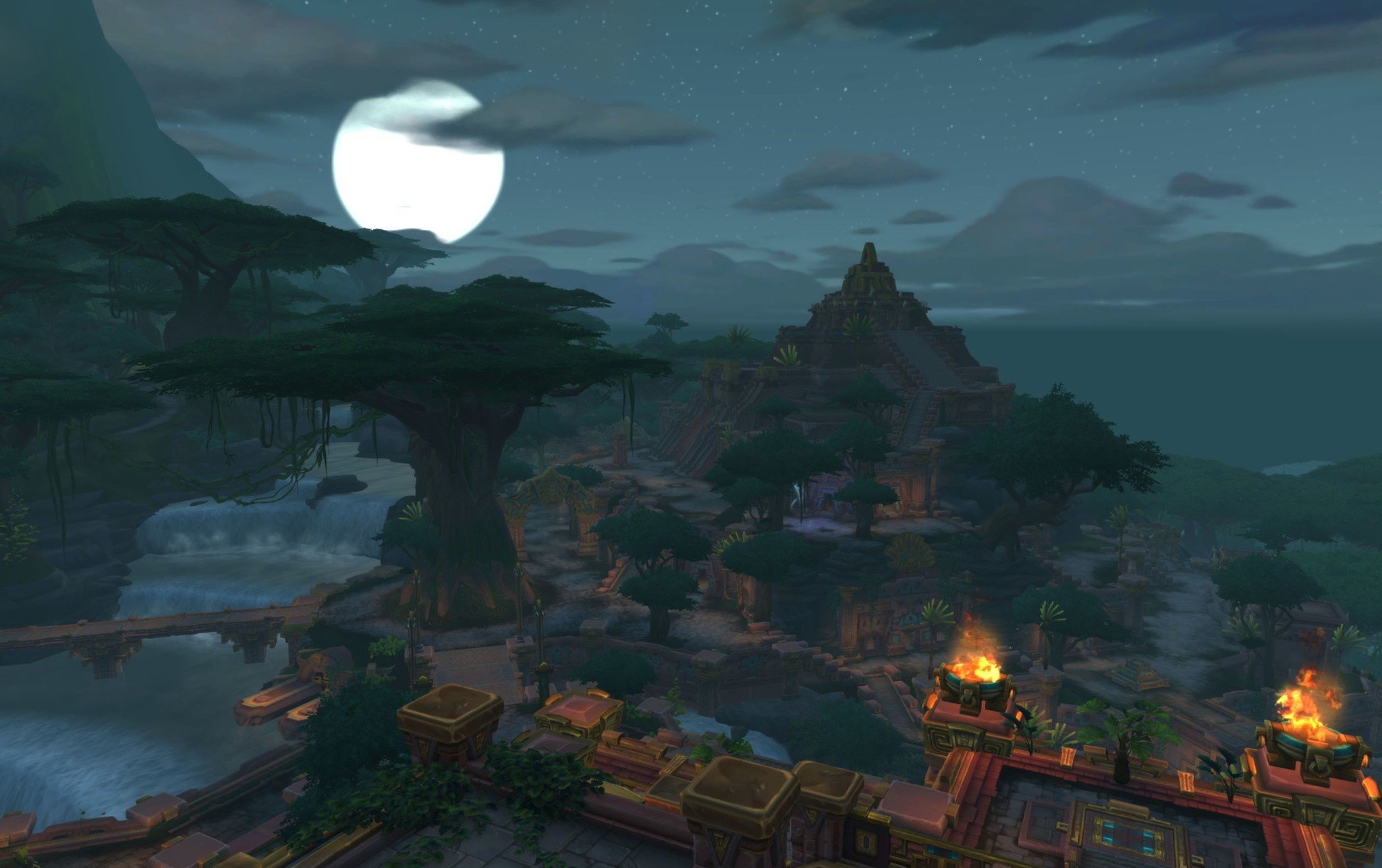
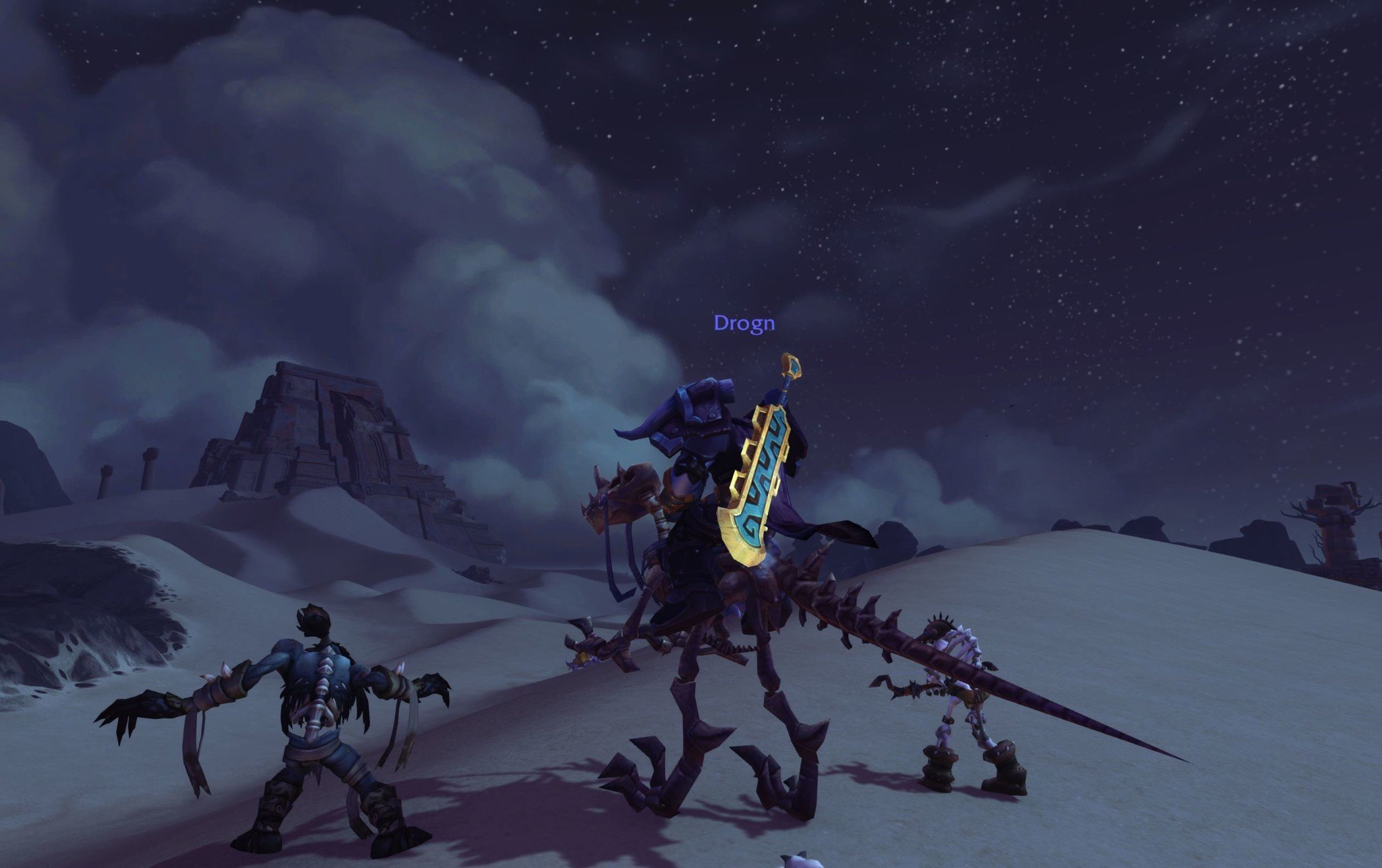
I have played World of Warcraft (WoW) on and off for 14 years. After missing WoW's least popular expansion, Warlords of Draenor, I returned over a year ago to try out Legion, owing to the rave reviews and a huge amount of old friends who had returned to the game. What I found in Legion truly blew my mind.
In all my years with WoW, I haven't really known an expansion to be so free of, well, complaining. It seemed for the first time with Legion, Blizzard had come upon a formula that managed to keep all types of players happy. Legion put an emphasis on story content, giving each of the game's classes its own story campaigns to digest and enjoy, as well as themed weapons that came with their own unique powers and abilities. Legion also added Mythic+ dungeons, which added a dynamic, competitive element to regular five-man dungeon runs, as well as compelling gear. And of course, Legion had some incredible raids too.
Now as a casual player, I barely found time to enjoy everything Legion had to offer. With millions of players now moving to the new expansion, Battle for Azeroth, I'm curious to find out whether Blizzard can do it again, or whether or not Legion was some kind of fluke.
Setting the scene for battle
Blizzard created story controversy in the run-up to Battle for Azeroth's launch, having the Horde effectively commit genocide against the Night Elf race, destroying an in-game city that has stood proudly for nearly 14 years. World of Warcraft is known for its player faction war, with players choosing between either Horde or Alliance when they get into the game. This new expansion is all about the animosity between those factions, and it puts a greater emphasis on individual characters, conflict politics, and unresolved stories dating back to Warcraft 3.
The current leader of the Horde, Sylvanas Windrunner, led the player faction to destroy the Night Elf Alliance city of Darnassus, triggering a major conflict between the two factions. In retaliation, the Alliance invaded Sylvanas's and the undead Forsaken Horde race's dwelling known as the Undercity, leading to a stalemate that would eventually annihilate the entire area.
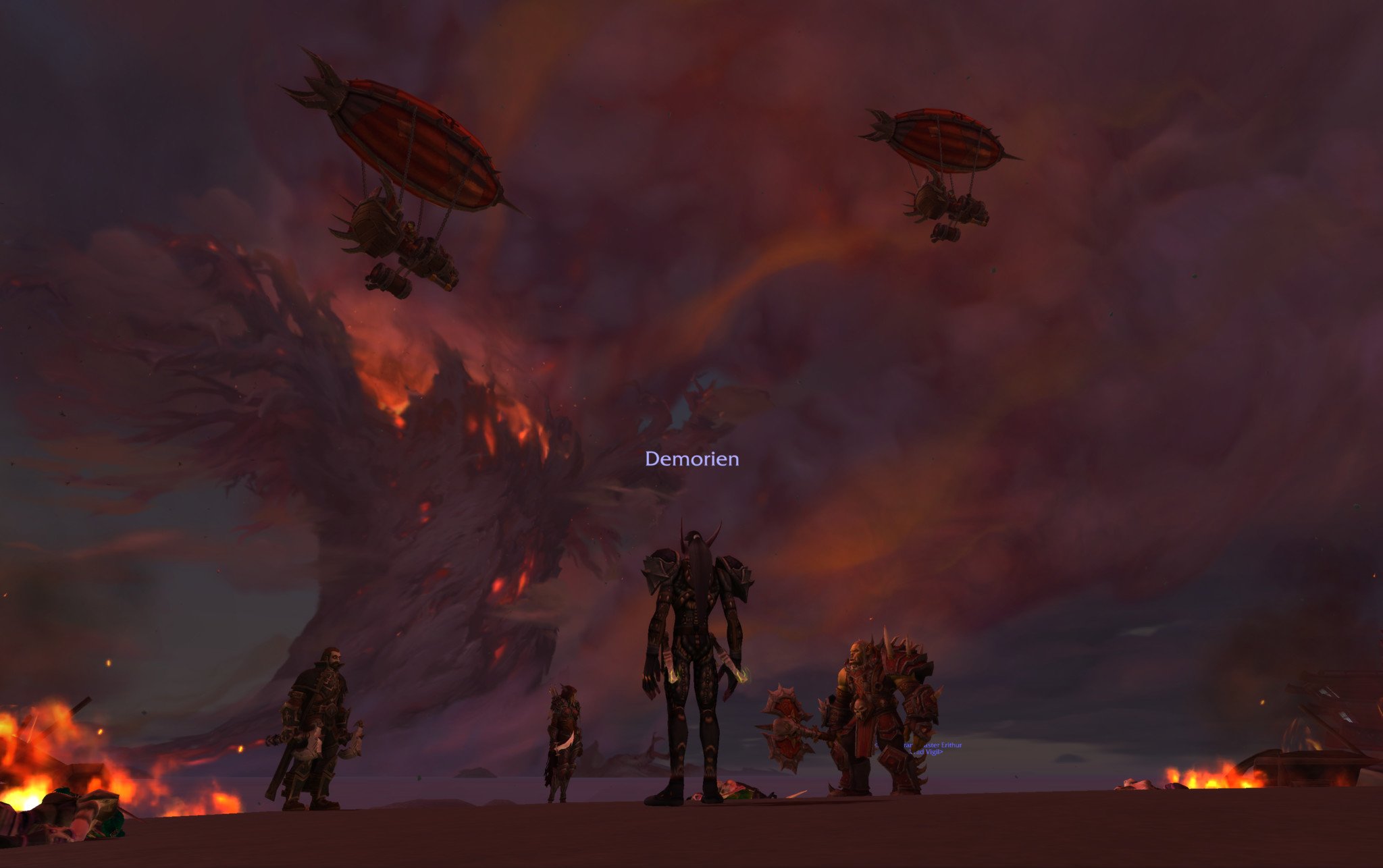
With both faction's fleets destroyed as a result of the war against the apocalyptic demon army from the Legion expansion, the start of Battle for Azeroth takes players on a quest to find new allies as they seek to build up their arsenals for a bigger confrontation. As a Horde player, you court the approval of the Zandalar trolls on their gilded tropical islands in the southern seas. Alliance players instead seek to unify the rival houses of Kul Tiras, enlisting the naval nation into its ranks.
Get the Windows Central Newsletter
All the latest news, reviews, and guides for Windows and Xbox diehards.
For the first time in WoW history, Horde and Alliance players are divided up for the leveling experience, for the most part. After hitting the new level cap at 120, you begin a campaign to set up outposts on the rival faction's new holdings, to continue the main story.
The * leveling* experience (so far)
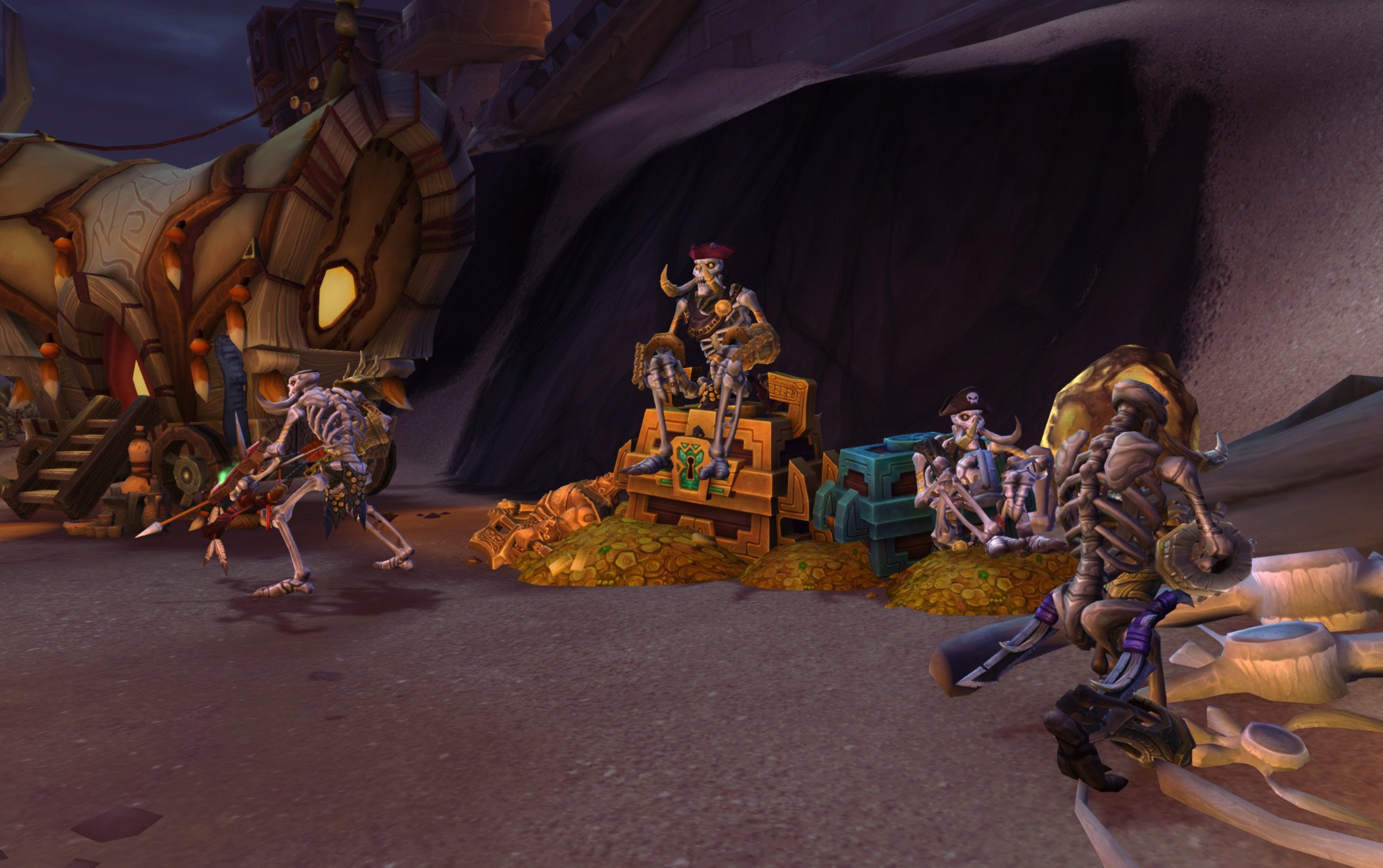
Battle for Azeroth has the best introductory experience to a WoW expansion in years, maybe ever. As a Horde player, you infiltrate the Alliance city of Stormwind to extract Zandalari political prisoners, while Alliance players join Jaina Proudmoore to seek the aid of the Kul Tiran navy. Both introductory quest chains have wonderfully animated scenes with some incredible voice work, expressive, Pixar-like animation, and unique interactive elements that feel more involved than some of WoW's more basic quests.
The Horde introduction story, in particular, is spectacular, finishing with a climactic battle at sea as you reach the Aztec-inspired Zandalari capital pyramid, which is as huge and painful to navigate (although, you can always bail through a portal to a more familiar city).
After meeting with King Rastakhan and his daughter, Princess Talanji, they inform the Horde player that they must solve the island nation's ills before they will consider joining the faction, donating their fleets and military might in the Horde's war with the Alliance. Similarly, Alliance players have to solve dark happenings on the island of Kul Tiras, if it wants to bolster its naval capabilities with the Kul Tiran fleet.
World of Warcraft remains as addictive as ever.
I spent most of my time playing in the Horde zones on Zandalar and have found the questing experience to be fun and well-paced, with many voiced quests, genuinely funny dialogue, and interesting lore and story points. It is a nice departure from the urgent, impending apocalypse of Legion's questing, which revolved around an intergalactic invasion of planetary conquest. I'm sure Battle for Azeroth's story will ramp up to impart a similar sense of urgency in content updates, but as of now, many of the quests deal with solving small-scale crises between isolated island factions.
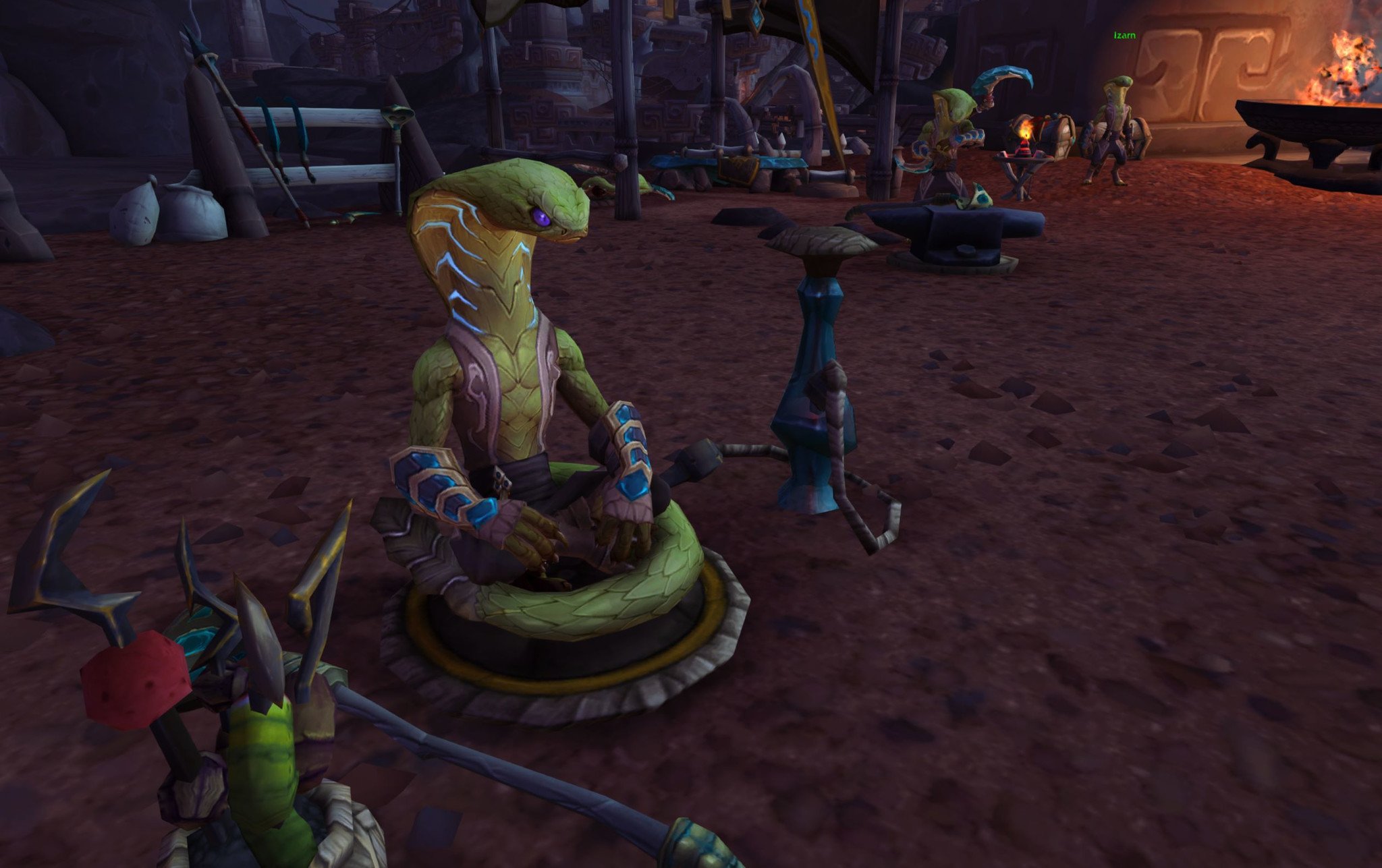
Each zone I've traversed has brought a sense of adventure and grandeur back to WoW that was in some ways missing in Legion, where the demonic invasion took center stage gripping every area. The troll empire of Zandalar is filled with hidden caches of treasure, unique mini-bosses to battle, and incentives to explore. Even WoW's death mechanic spirit healer has been replaced by the troll Loa god of death Bwonsamdi, who mocks the player every time they die.
World of Warcraft, after 14 years, remains as addictive as ever. But some of the mechanics built for its end-game experience are still a bit of a mystery.
Will it be as fun as Legion?
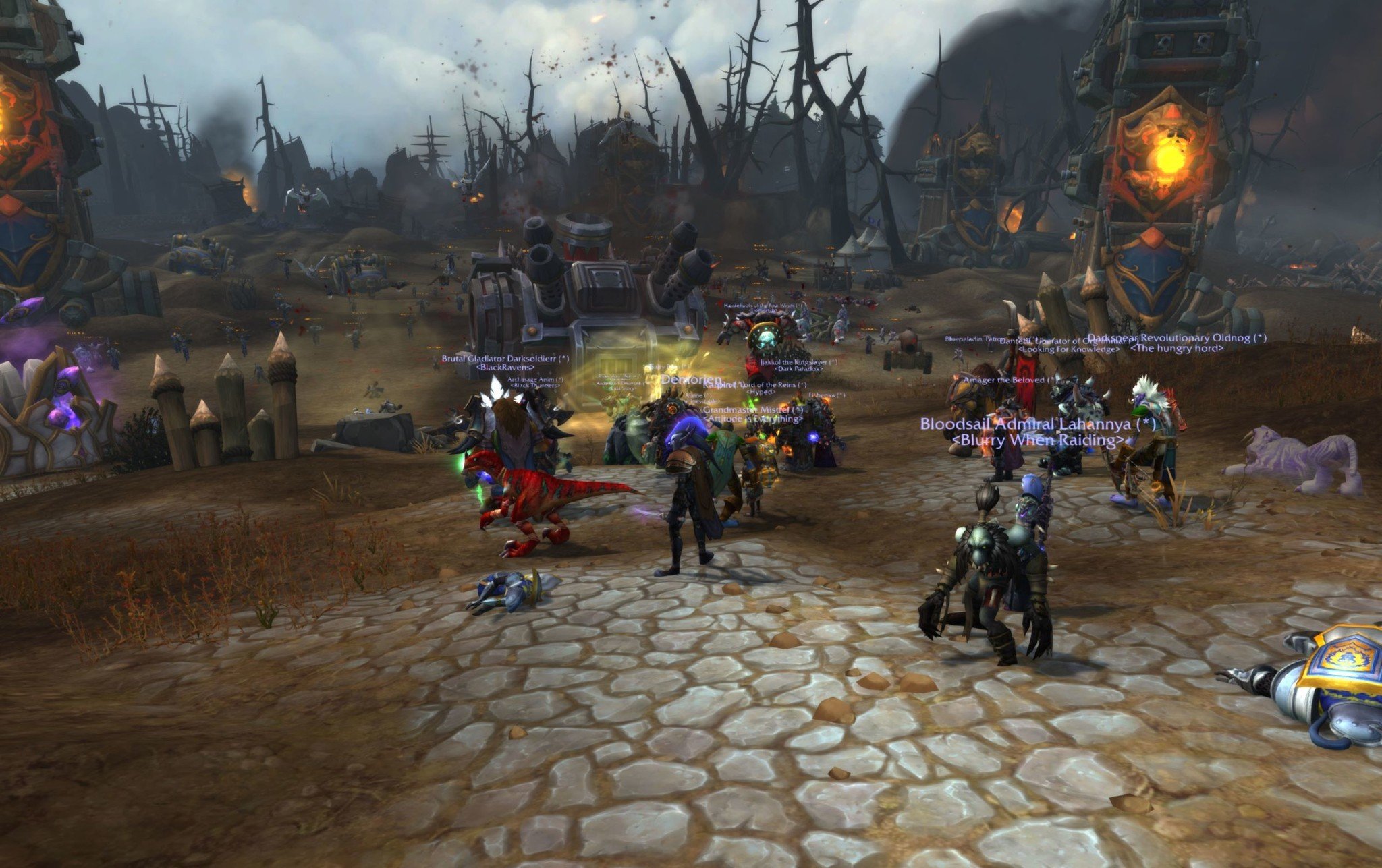
One of the biggest design issues facing Blizzard is how to keep the game's various classes fresh after 14 years. In the old days, Blizzard used to add new spells and abilities in each expansion, but that led to some classes having dozens of abilities to utilize at any given time, becoming a tad unintuitive. Blizzard went back and pruned many of these abilities, focusing classes around more simplistic combat gameplay rotations, but in doing so, it left the sense of progression feeling a little lackluster.
To remedy this, Blizzard added artifact weapons in Legion, which would grant players temporary abilities that would exist during the course of the expansion, to eventually be removed as part of the game's story. Blizzard has enlisted a similar mechanic with an artifact Heart of Azeroth necklace, which grants the player access to new armor abilities as it levels up.
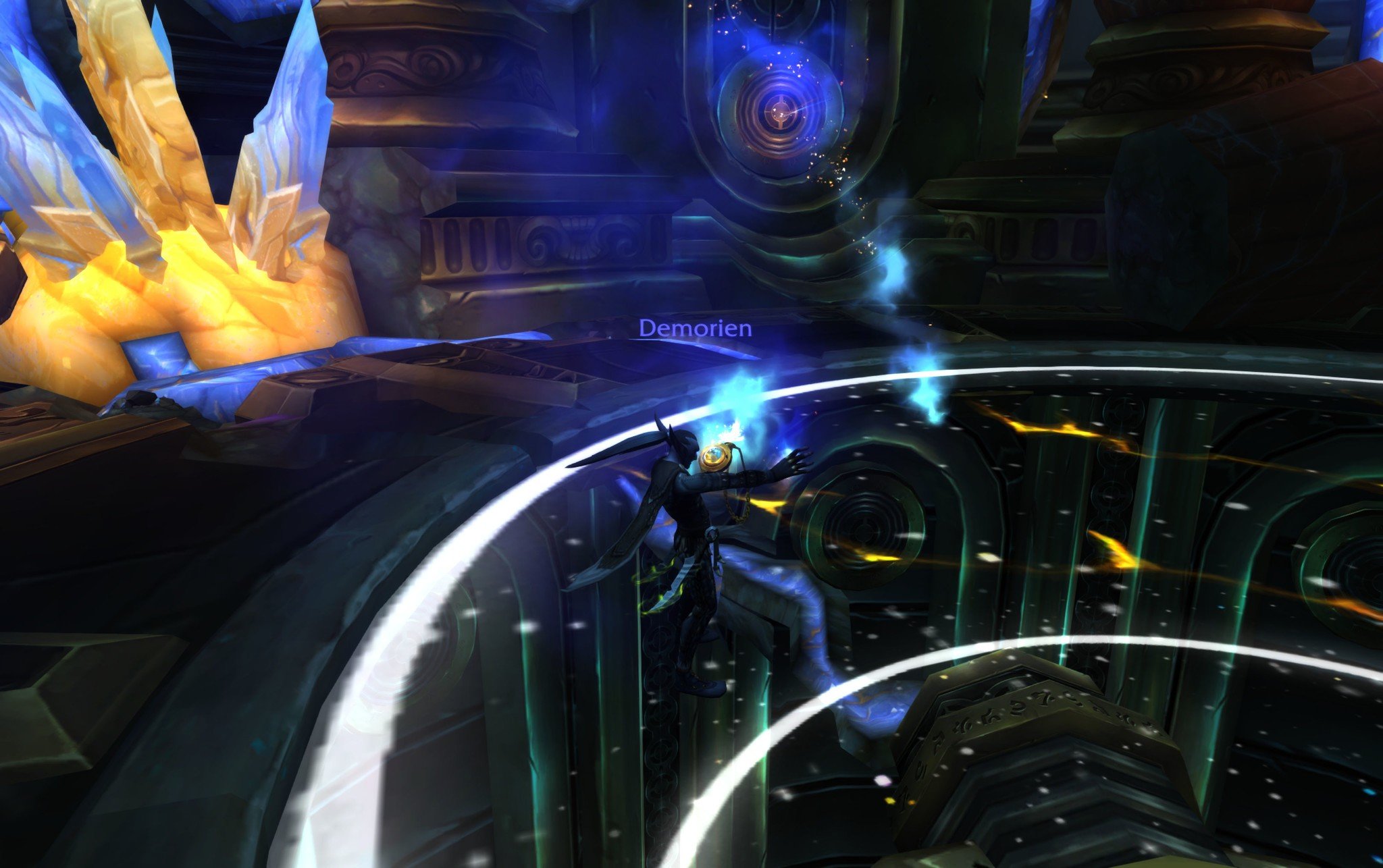
The Heart of Azeroth functions similarly to the player's artifact weapons from Legion, in the sense that you have to use resources to empower it, accrued by doing certain quests, dungeons, and other activities. I've found the Heart of Azeroth to be nowhere near as interesting as the artifact weapons, for pretty obvious reasons. Necklaces aren't visible on players, whereas the Legion weapons had several cosmetic skins to acquire.
Additionally, the abilities you get from leveling up the Heart of Azeroth are just ... lame, compared to what we got from Legion's artifact weapons. As a Death Knight, the list of known abilities attached to the Heart of Azeroth are just plain boring and don't enhance the aesthetic or class fantasy anywhere near to the same degree as Legion's artifact weapons did.
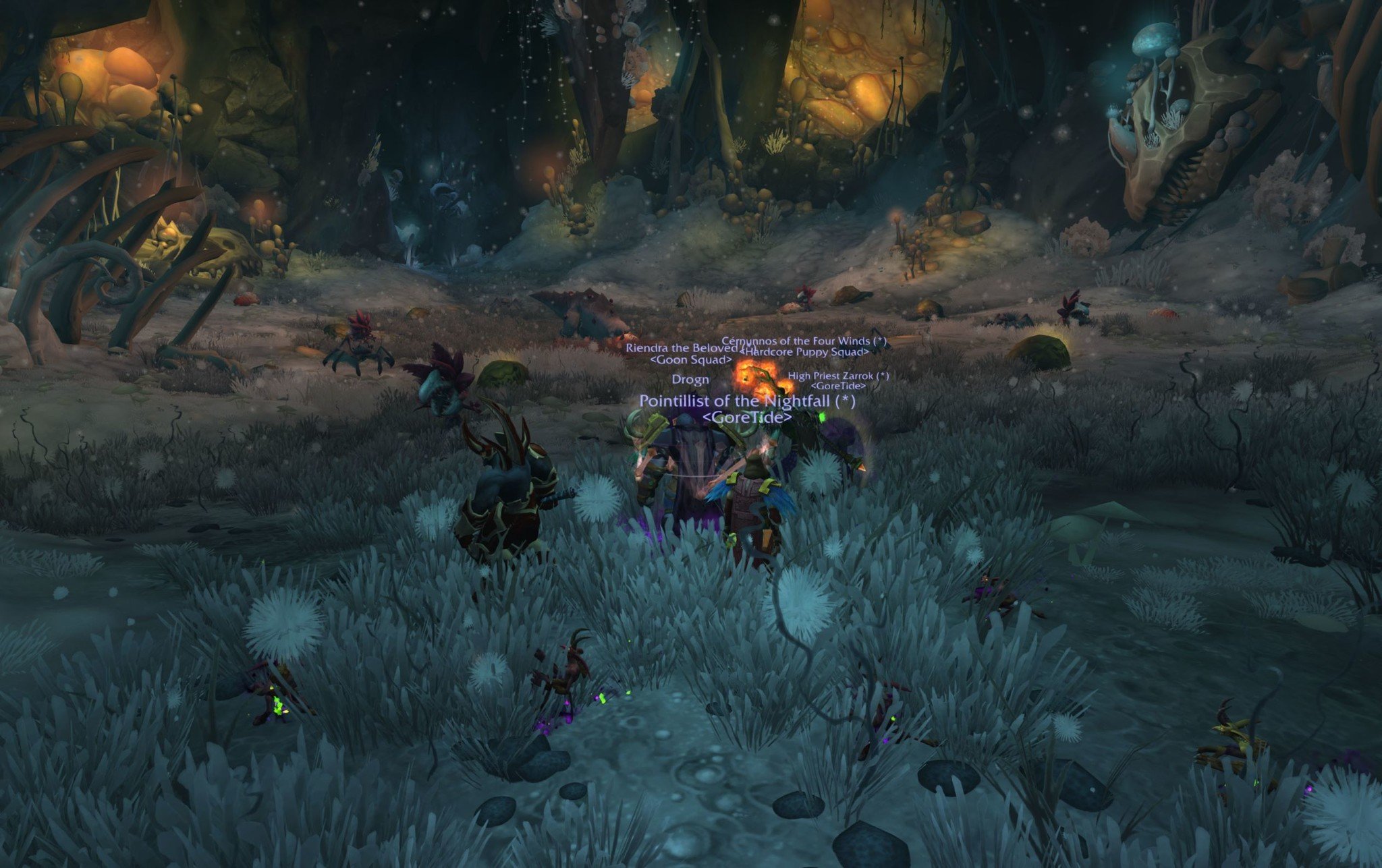
Alongside Mythic+ dungeons, PvP, and raids, one of the ways Blizzard is trying to make the endgame more interesting this time around it to include three-player island expeditions, which grant players randomly-generated missions to gain power for your Heart of Azeroth necklace, among other rewards. Blizzard is also adding new 20-player Warfronts, designed to play out similarly to RTS battles from Warcraft's early days.
I'm addicted again
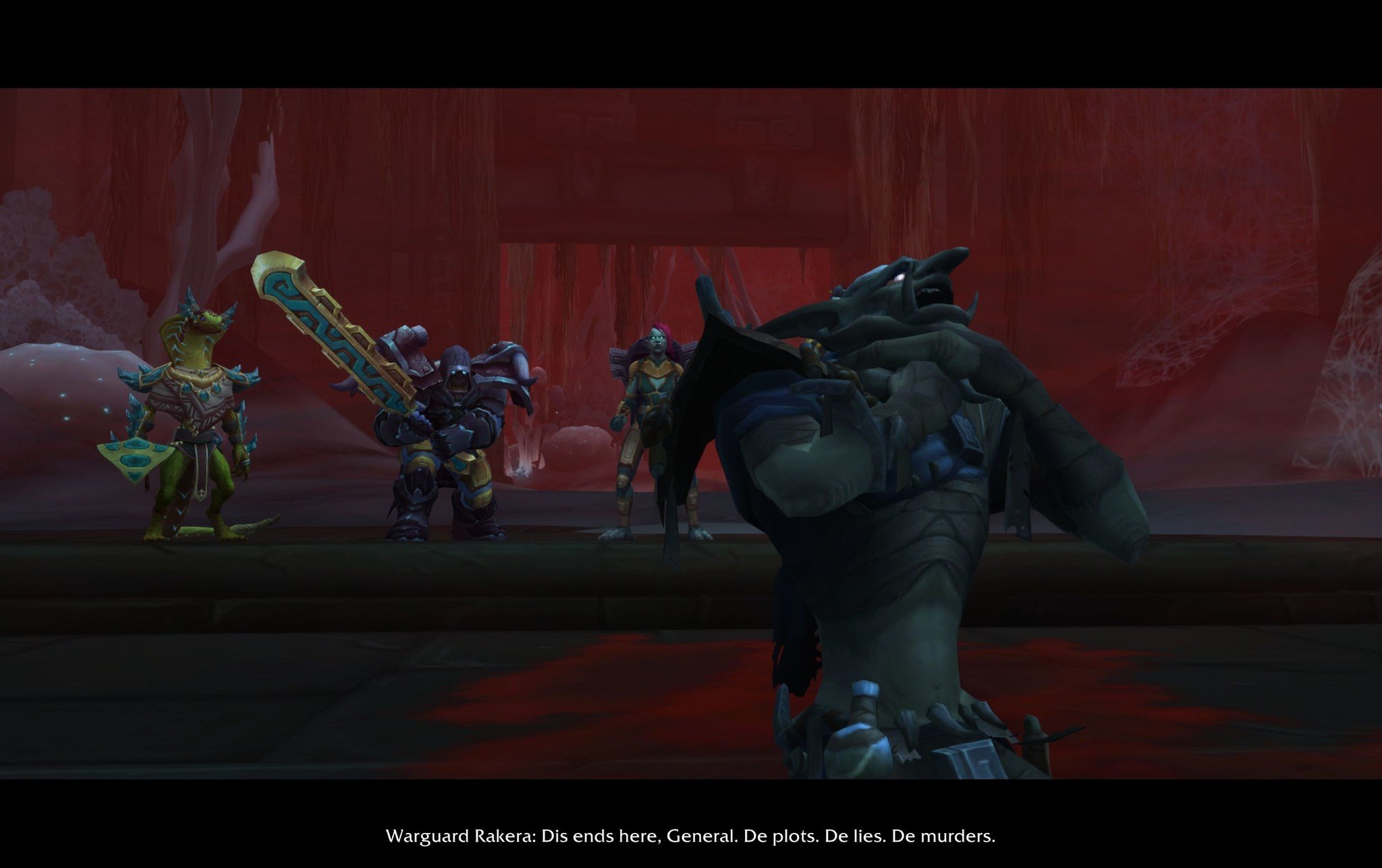
Leveling up through Battle for Azeroth has been a blast so far, full of memorable characters and interesting lore. I'm not really sold on the Heart of Azeroth progression mechanic and have been a bit disappointed with how few new skills Blizzard added to my favorite classes. I'm eager to ascend into Battle for Azeroth's endgame to find the real meat of the expansion, but Blizzard is waiting a little while before opening raids and Warfronts to players, which should appear in the coming weeks.
Are you playing Battle for Azeroth? What are your thoughts so far?
World of Warcraft Battle for Azeroth is available for $49.99 for PC.

Jez Corden is the Executive Editor at Windows Central, focusing primarily on all things Xbox and gaming. Jez is known for breaking exclusive news and analysis as relates to the Microsoft ecosystem while being powered by tea. Follow on Twitter (X) and Threads, and listen to his XB2 Podcast, all about, you guessed it, Xbox!
